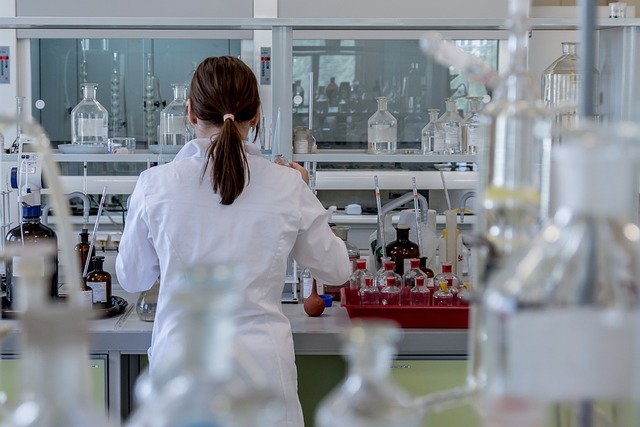A laboratory can be a very dangerous place, depending on the kind of research being performed. By implementing a robust and comprehensive set of safety rules, you’ll help to drive down the risk – not only to the people working in the lab in question, but to the wider public.
Let’s assess a few of the more important rules, habits, and cultural changes you might consider.
Instruction and training
If workers aren’t given the training and support they need, then they may lack an awareness of the risks, and how those risks might be managed. The rules you set out should be clearly communicated; if they aren’t, then they probably won’t be effective.
This means having a thorough induction process, where new recruits are given unequivocal and comprehensive instruction in what’s expected of them. You might also provide written safety guidance, which can be later used as reference.
The equipment you provide should come from a reputable source, like RS Americas.
A balance should be struck between brevity and exhaustiveness. Prioritize the key messages, and make sure that they’re understood.
Personal hygiene
In most cases, the emphasis will lie on personal hygiene. Food and drink should be forbidden, as should cosmetics and contact-lens-handling. Long hair should be tied up, and loose clothing should be covered. Before entering or leaving the lab, workers should also wash their hands thoroughly.
A combination of these measures, along with other, more specific ones, should help to protect workers, and the contents of the lab, against contamination.
Working with dangerous substances
If your laboratory handles dangerous substances, then precautions should be taken to prevent those substances from inflicting harm. This, for the most part, means enforcing a strict set of standards for housekeeping.
Work should be planned in advance. Only the necessary materials and equipment should be used. The environment should be checked consciously for hazards before any work begins. Where waste is created, it should be disposed of in the appropriate containers.
The appropriate personal protective equipment should be provided, and its use should be mandatory. By creating a culture wherein high standards are kept, you can offer a level of protection to everyone. Don’t give anyone the chance to opt out of basic safety.
When working alone
When workers are alone in the lab, particular caution is warranted. Any harm that is inflicted might be made more severe by the fact that no assistance is available. You can also check Biotech labs for lease in Princeton NJ, which boast of many facilities.
At least one colleague should be informed when someone is going to be working alone. A schedule of check-ins should be established, as should your familiarity with escape routes and other emergency procedures.
A lab can be a tremendously rewarding place to work – but if you take risks, then, over the course of a career, the chances of you being hurt might be unacceptably high. Implement a comprehensive safety strategy, and be sure that you lead by example.







